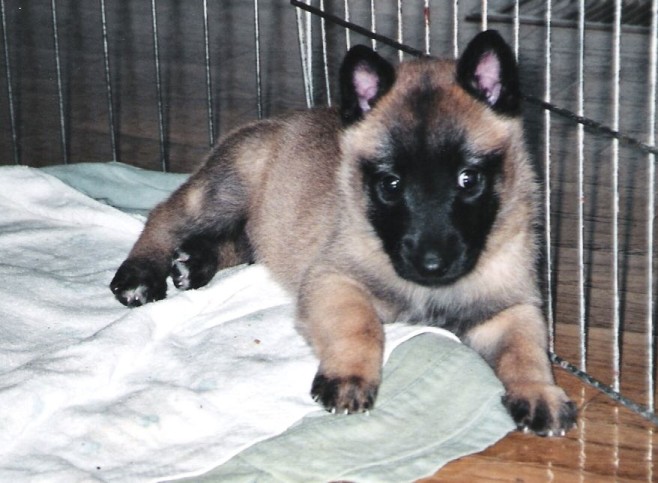 |
||
How do I go about crate training a puppy ?Crate training a puppy has many advantages. But there is a major disadvantage, and that drawback is emotional, and therefore, significant. Yes, crates do resemble a den, thereby offering a puppy security, and a sense of their own special place. Problems arise however, when owners overuse the dog crate. A puppy will feel detached from you, if it can see you, but can’t get close to you.Frustration and loneliness create emotional problems in dogs; this usually takes the form of destructive behaviour. Also, your puppy needs to learn how to behave in the house, and crating her for long periods will seriously extend that learning curve. Used correctly a crate offers the following benefits:

How crate training a puppy speeds up house training a puppy.At 6-7 weeks of age most pups’ mothers will have urged them to leave the nest to relieve themselves. Consequently, your puppy will be very reluctant to soil its own personal space. Crates build on the mother's early efforts, by reinforcing that reluctance.For house training purposes: keep an eye on how long she’s been in the crate, try not to let it run over two hours. Then, let her out of the crate, and take her to the place you have designated as the toilet area to relieve herself. Here’s a few other crate training tips:
As your puppy gets bigger you might decide that a playpen does the same job as the crate, but widens the space available to your pet. In a similar way, gates are also useful to restrict your dog. At one time, a gate was all there was between me, and 5 very playful, attention seeking dogs. They had their own room, with access to the garden. Without that gate, I know that they would have driven me round the twist. Crate training a puppy is a useful introduction to the real puppy training that is to follow. And a useful tool to enhance that is clicker training: This is just one segment of our puppy-training guide.....

"
| ||
|
| Puppy Training Start Page | House-training a puppy. |Crate training a puppy. |Dog Names Start Page |Dog Videos Start Page | Return to Homepage Or you can .........
|
||
|
|
||